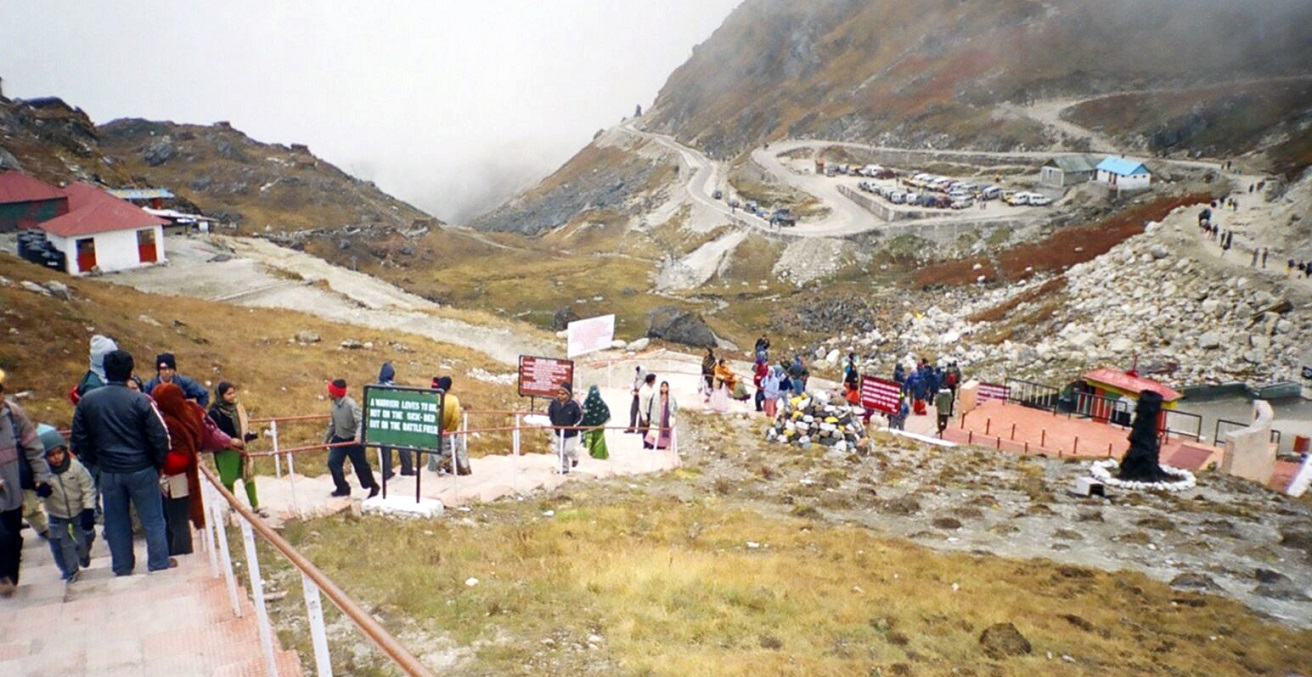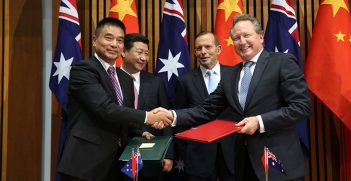India’s Future Choices as the Sino-Indian Crisis Escalates

The Sino-India bilateral relationship has been premised on an understanding that the two nations can move forward on other areas of engagement as the border remains “hot” with military activity. Chinese actions are producing the opposite effect of what was intended, and India is now willing to adopt policies with a strong anti-China orientation.
India and China have been facing off each other for months now along the Line of Actual Control (LAC), the more than 4000-km-long, undemarcated boundary between the two Asian giants. These border tensions which started emerging earlier this year in March have shown no sign of abating, and defence positions have only been hardening. This week, Indian Defence Minister Rajnath Singh informed the nation’s Parliament that in violation of all bilateral agreements, China had mobilised a large number of troops, weapons and ammunition on the Line of Actual control in Eastern Ladakh. He reiterated New Delhi’s position that while India wanted a peaceful resolution to the current crisis, it was ready for all situations. In response, China’s state-run Global Times warned that Beijing “is ready for both peace and war.” There have been reports of the People Liberation Army (PLA) deploying around 52,000 troops along the LAC in Ladakh, which has led to a similar Indian deployment. The LAC remains extremely volatile with the soldiers of the two countries in an eyeball-to-eyeball confrontation.
Despite the fact that a meeting between Indian Foreign Minister S Jaishankar and his Chinese counterpart, Wang Yi, took place in Moscow a few days back calling for a rapid disengagement, both sides seem more interested in reinforcing their troop presence along the LAC than in any kind of de-escalation. The trust deficit is high, and high-level negotiations have not been able to generate enough confidence between the two sparring nations. In June, there was a deadly clash between troops on the two sides, resulting in the death of 20 Indian soldiers and an unspecified number of Chinese soldiers. Since then, there have sporadic incidents of firing across the LAC which the two nations have blamed on the other. This is the first time in 45 years that shots have been fired along this border, breaking a 1996 pact between both countries that barred the use of guns and explosives along the LAC. As the two nations brace for a protracted stand-off with substantial force deployments, the LAC is likely to continue to remain “hot” with military activity in the form of occasional violent clashes mirroring the Line of Control (LoC), which is the de facto boundary that divides Kashmir between India and Pakistan.
In its attempt to unilaterally define the LAC, Beijing has disregarded the central tenets of all pacts it has signed with India since 1993 to keep the border peaceful. This will significantly alter the trajectory of the Sino-Indian relationship which has been premised on an understanding that even as the boundary questions remain unresolved, the two nations can move forward on other areas of engagement — global, regional and bilateral. That fundamental assumption has now been seriously undermined.
In some ways, China’s assertiveness today is understandable. As long as China was the dominant party along the border, it could continue with the façade of upholding peace and tranquillity. After all, that was on its terms. It is India’s assertion of its interests in the last few years that has emerged as the sticking point. The militarisation of LAC is taking place at an unprecedented pace today partly because Indian infrastructure is in much better shape and Indian patrolling is far more effective. A more heated LAC is a result of the Indian military’s presence in areas where the Chinese military is not used to seeing it. That India is ready to take Chinese aggression head-on is also reflected in the scale of casualties that both sides suffered this week in the Galwan Valley. The Indian military is operationally nimbler and more prepared now than it has ever been. Therefore, if a lasting solution to the border problem is not found, we should be prepared for more such action along the LAC.
China remains a significantly more powerful entity and its infrastructure is still in much better shape. But Indian infrastructure development has reached a critical point, and it is not without reason that the Chinese opposition to the 255 km-long strategic Darbuk-Shyok-Daulat Beg Oldie road has been so vehement. Connecting Leh to the Karakoram Pass, this all-weather road is India’s frontal challenge to China’s expansionist designs in the region. Despite Chinese objections, India has continued to pursue this project given its strategic importance. China raising the temperature on the border is a preemptive move to dissuade India from moving ahead.
China’s recent behaviour cannot be delinked from the global situation where Beijing has come under pressure and is facing a global backlash for its aggression. That India has emerged as a more credible global actor at a time of severe distress is something that China is wary of. The top leadership of the Communist Party of China is facing internal turmoil as its policies on Hong Kong, Taiwan, and the Belt and Road Initiative (BRI) are not only facing global opprobrium but are also being critically dissected at home. For Chinese President Xi Jinping, an easy answer to managing this turmoil is to create problems abroad to generate a sense of nationalism among a disillusioned populace.
Chinese actions are producing exactly the opposite effect of what they probably intended to do. Indian public opinion, which was already negative about China, has now turned even more strongly anti-Chinese. Those in India who have been talking about maintaining an equidistance from China and the United States will find it hard to sustain that position. And New Delhi will now be even freer to make policy choices, both strategic and economic, which will have a strong anti-China orientation. From trade and technology to regional and global partnerships, Indian foreign policy and national security choices are now more explicitly targeting China than ever before.
In more ways than one, the Sino-Indian border crisis will not only shape the trajectory of Indian foreign policy in the future but will be highly consequential for regional and global security. By standing up to China – diplomatically and militarily – India is making it clear that China’s aggression would not go unchallenged. And this might further galvanise a global pushback against China’s rise.
Harsh V Pant is Professor of International Relations at King’s College London and Director of Research at Observer Research Foundation, New Delhi.
This article is published under a Creative Commons License and can be republished with attribution.





